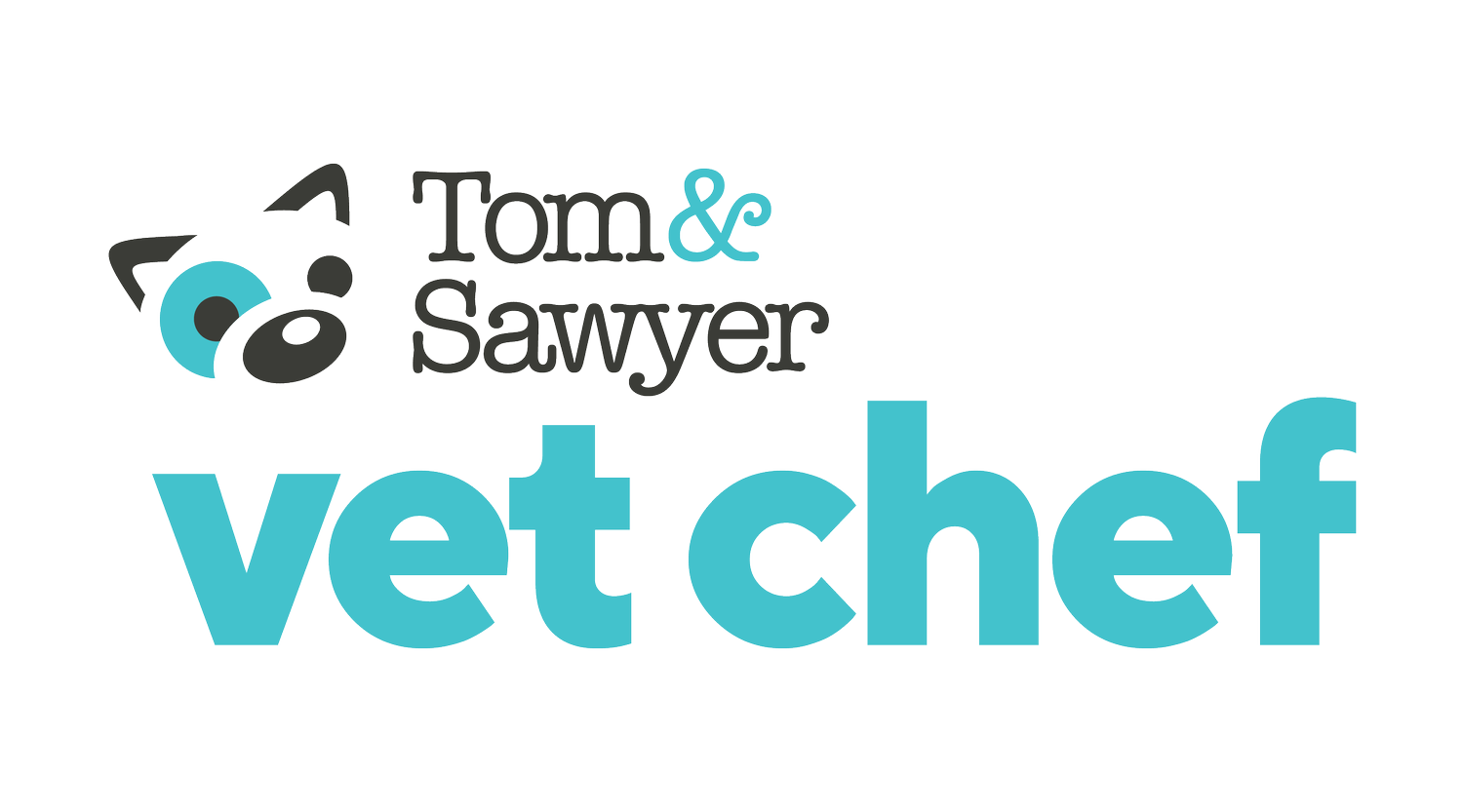How to Transition Your Dog To a New or Gently-Cooked Diet
Have you recently switched your pet to gently-cooked food? If so, your pup will be on the right track to leading a happier, healthier, longer life (and experiencing many amazing benefits along the way, including a shinier coat, fresher breath, healthier weight, better poops, and so much more).
While making the switch to a new diet is exciting for both you and your pup, there are a few things to consider to ensure a smooth transition. In this guide, you'll learn all you need to know about successfully switching your pup's diet.
Why Do You Need To Transition Slowly?
An abrupt change in diet can lead to digestive issues for your dog. Our pets digest food using enzymes, hormones, and other physiological processes.
The nutrients released fuel your pet with energy and also shape the microbiome in the digestive tract. When pets eat the same diet consistently, their digestive systems and microbiomes become accustomed to it, and changing your pet’s diet alters the composition and formulation. Without transitioning, this can shock your pet’s digestive system, affecting enzyme production, hormones, and causing dysbiosis of the microbiome. This can result in digestive problems such as diarrhea, gas, upset stomach, vomiting, and reluctance to eat the new food.
By gradually transitioning your pet to a new food, you allow their digestive system to adjust slowly, preventing shock and helping them find a new routine.
How to Transition
For a smooth transition, gradually increase the amount of new food over seven days:
Days 1 & 2: Provide 75% of their old food and 25% of the new food
Days 3 & 4: Provide 50% of their old food and 50% of the new food
Days 5 & 6: Provide 25% of their old food and 75% of the new food
Day 7+: If your pet has trouble adjusting, stay at that transition stage for a few more days.
Things to Consider
This transitioning regimen provides a good foundation, but every pet is different. You may need to make adjustments:
Hydration is important. Be sure to provide fresh, clean water at all times.
Your pet may need more than seven days to adjust to the new diet, especially if they have a sensitive stomach or gastrointestinal disease.
It may take a few more weeks for your pet to fully adjust to the new diet. If stomach upset persists, consult your veterinarian.
Limit treats or table scraps during the transition period to help your pet adjust to the new food.
Keep us updated on how your dog is enjoying their new meals!
Article written by:
Hannah Godfrey
BSc H | MSc Animal Nutrition
Tom&Sawyer VetChef Animal Nutritionist

